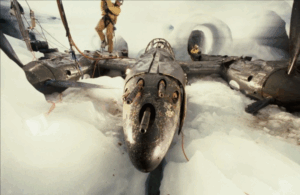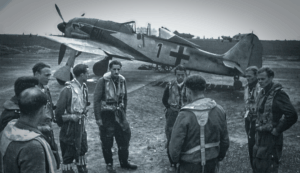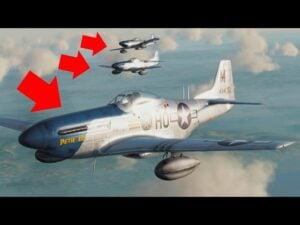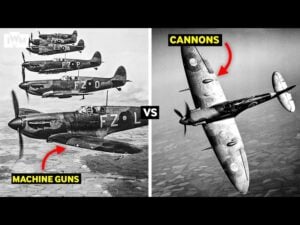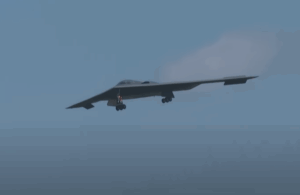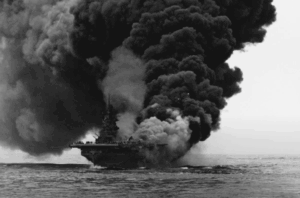5 Reasons Why Aero V-12 Engines Were Special

YouTube / Lets Go Aviate
There’s something special about the Aero V-12 Engines of WWII. Even 85 years later, they’re fascinating engines that continue to captivate aviation enthusiasts from all around the world.
1. At the end of the First World War and during the interwar years, it’s already clear that the V12 showed promise of great power
The success of the V12-powered racing planes and the Schneider Trophy Air Races was won by V12-powered seaplanes in 1920, 23, 25, 26, 29, and 31. This means 50% of all Schneider Trophies.
2. It’s long revered because of its exceptional power, smoothness, and prestige
The massive displacement engines, ranging from 5 to 7 liters in size, offer exceptional power and torque because of their high cylinder count and immense swept volume.
3. The V12 configuration’s balance and vibration-free operation contribute to the engine’s refinement
The engine’s firing pulses provide a linear and smooth delivery.
4. The Allies often used V12 engines with an “upright” design
On the other hand, a lot of German engines utilized an inverted engine design that had a lower center of gravity and enhanced pilot visibility for single-engine designs.
5. The V12 engine remained in military service long after WWII
However, this is used in isolated cases. An example of this would be the Rolls-Royce Griffon-powered Avro Shackleton that was utilized by the South African Air Force until 1984 and by the RAF until 1991.














